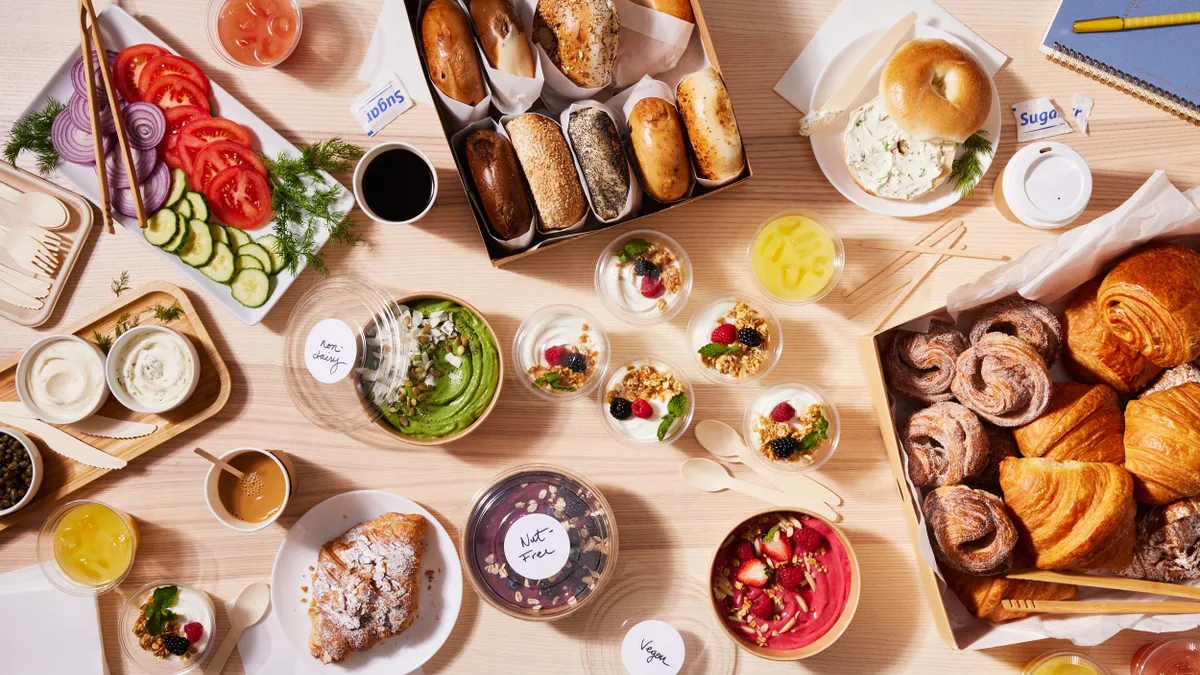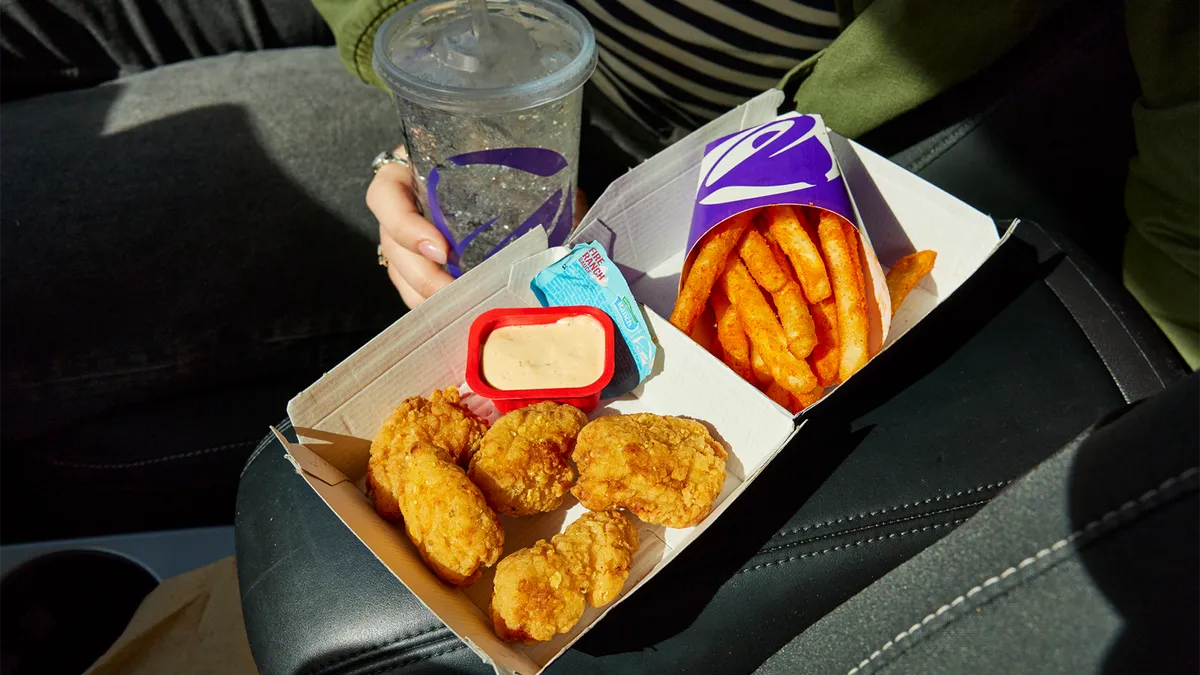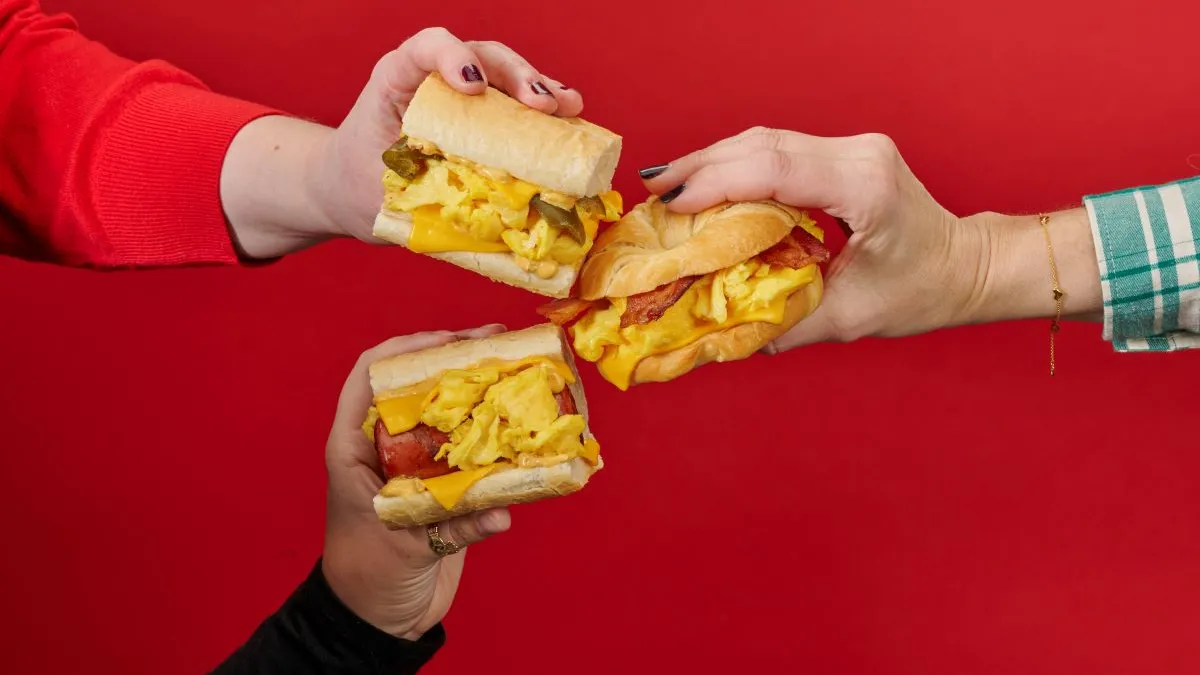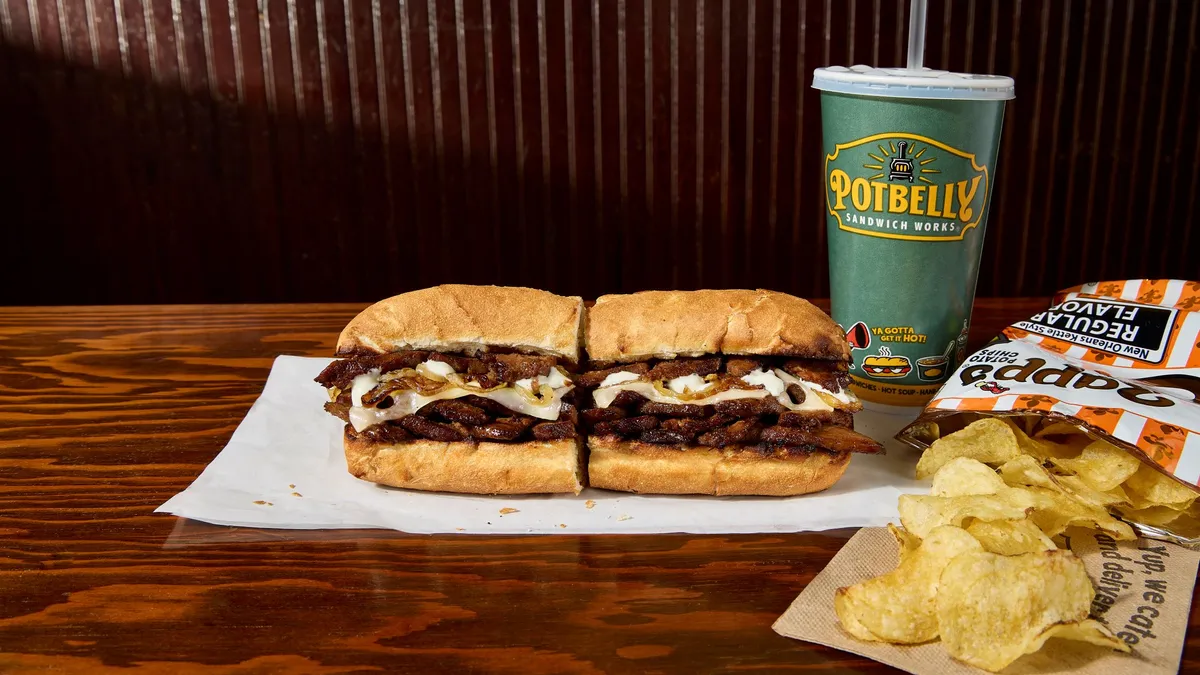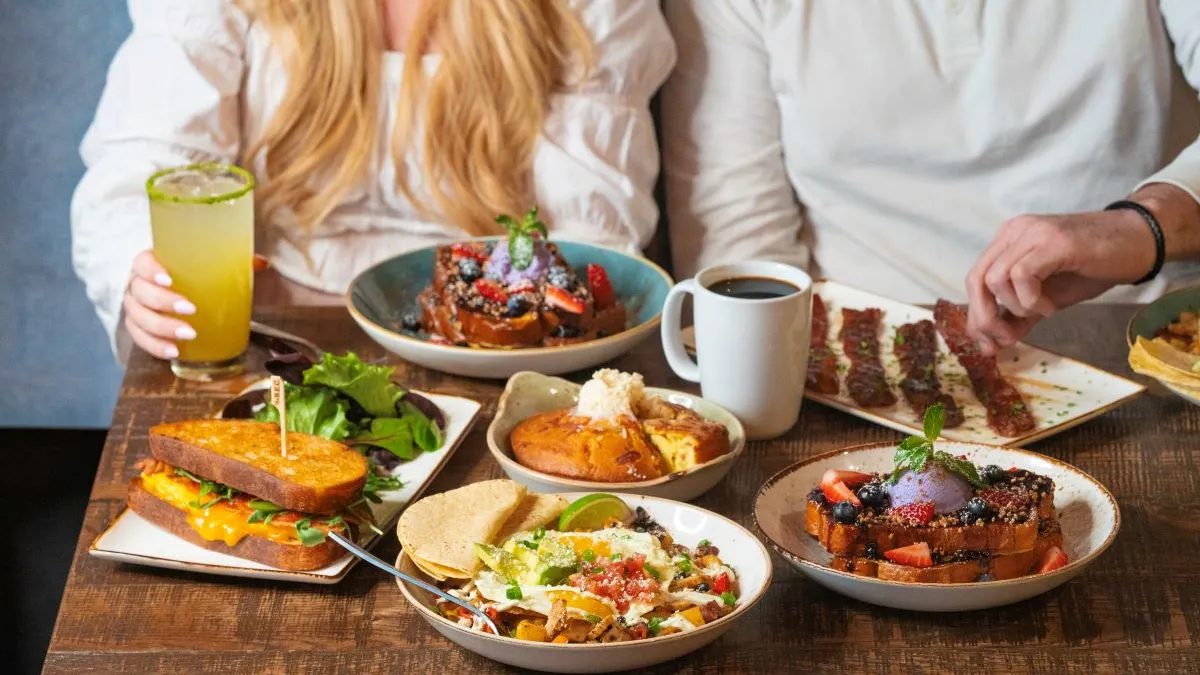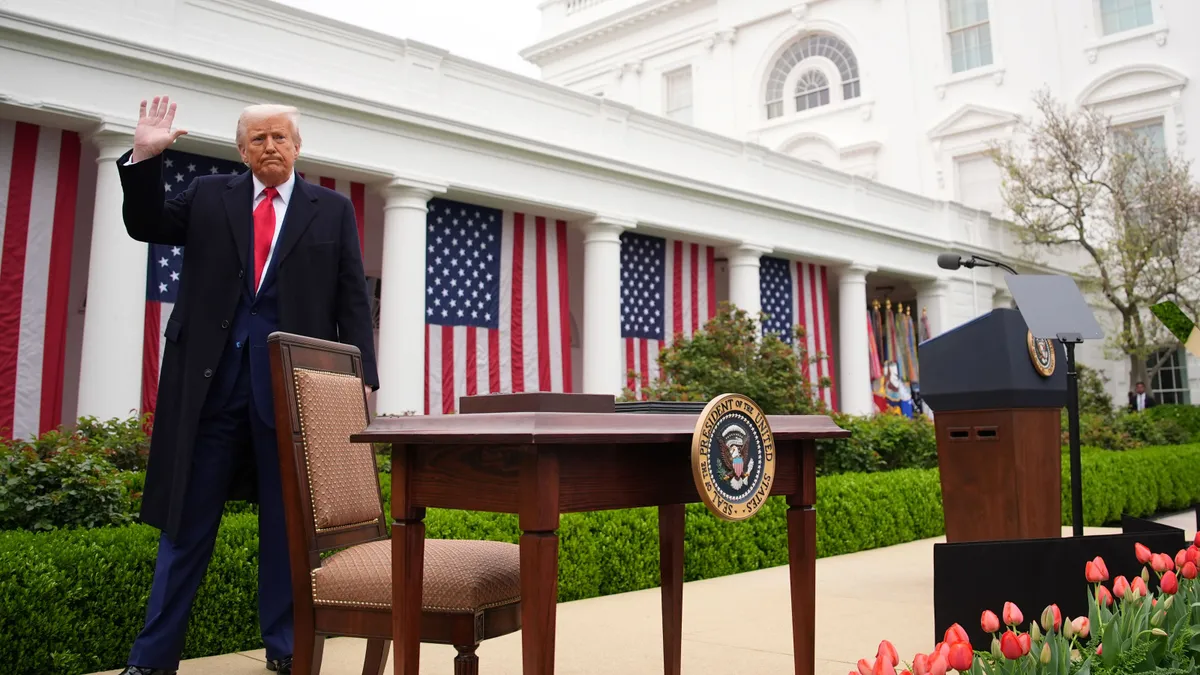C-stores are often thought of as a pit stop — a place to grab a drink and be out the door quickly. But consumers are also increasingly turning to them for catering, be it at a high school football event, a wedding or a family reunion.
Catering is a growing opportunity for restaurants and other businesses with foodservice offerings. According to market research company Datassential, 43% of restaurants offered catering in 2018. That percentage jumped to 50% this year.
For companies that embrace it, catering can provide a boost to revenue and loyalty. Breez-In, a chain of six convenience stores in central Virginia, makes 10% of its foodservice sales from catering. Catering company ezCater, which recently partnered with Wawa, saw bookings on its marketplace increase 87% between 2021 and 2022.
"Combine this increased demand with the nature of business catering — large, valuable orders — and you can see why operators view catering as a big opportunity," said Mike O'Hanlon, chief partnership officer for ezCater.
Convenience stores are an ideal venue for catering, he pointed out.
"[They] have many locations in suburban and rural areas, which usually have lower supply of traditional restaurants,” said O’Hanlon. “That means c-stores can fulfill the demand for business catering oftentimes with less competition from traditional restaurants. C-stores also have expanded hours, value orientation and proximity that makes them ideal to serve certain workplaces."
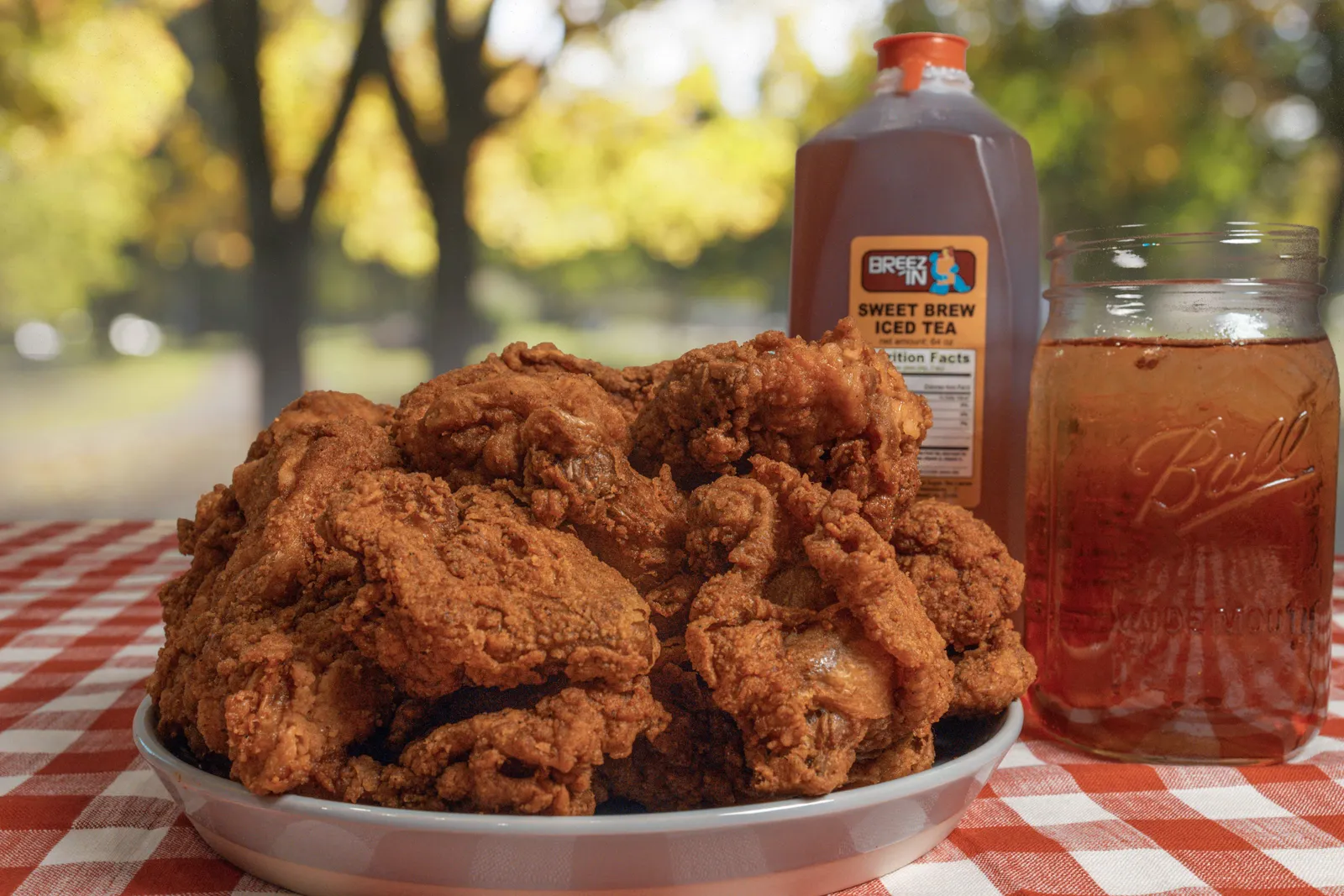
Spreading the word
In recent years, numerous c-stores have enhanced their foodservice offerings or launched new programs offering everything from fried chicken to creatively topped burgers. Catering can be a natural extension of this continued push into fresh, prepared foods, sources said.
Catering can bolster company revenue and customer loyalty, and it can highlight a company’s foodservice menu, according to Darren Tristano, CEO and founder of consulting firm Foodservice Results of Chicago.
David Grimes, vice president of foodservice for Carmi, Illinois-based Huck's Market, which offers catering from all 126 of its c-stores across five states, agreed that the revenue from catering isn’t the only benefit.
"It's enough of our business that it makes sense to pay attention to it. But it also introduces a lot of people to our food, so it grows our business," he pointed out. "It's a big contributor to the fact that we've been running up double digit same-store sales growth."
Perhaps most importantly, catering can help make a c-store retailer’s foodservice offerings more of a household name, and a first consideration at mealtimes, said Brynn Capwell, CEO and strategic consultant with Archer ATR, a digital marketing agency.
"Catering puts your food offerings front and center, and helps consumers create a new link to your brand and capabilities," she said.
Keep it simple
The food that c-stores cater should be an extension of what these retailers already offer, sources said. Ideally, operators will not need any additional equipment to get this area of their business up and running.
For example, Huck's needed no new kitchen hardware to get its catering business started — just ovens and fryers it already had. It only invested in pizza-warming bags.
Huck's offers pizzas, including breakfast options, and chicken in 12-, 24- or 36-piece assortments. The catering menu also includes sub and wrap platters, doughnuts, cookies, and sides like mashed potatoes and biscuits and gravy.
Customers must order a minimum of five pizzas or 24 pieces of chicken. The company’s average order is under $100 Grimes said, "though we've had orders as high as $3,000."
Convenience stores offering a catering program need to keep it simple and have the food ready on time. EzCater has found that "reliability is the most important factor of a successful catering program," O'Hanlon explained.
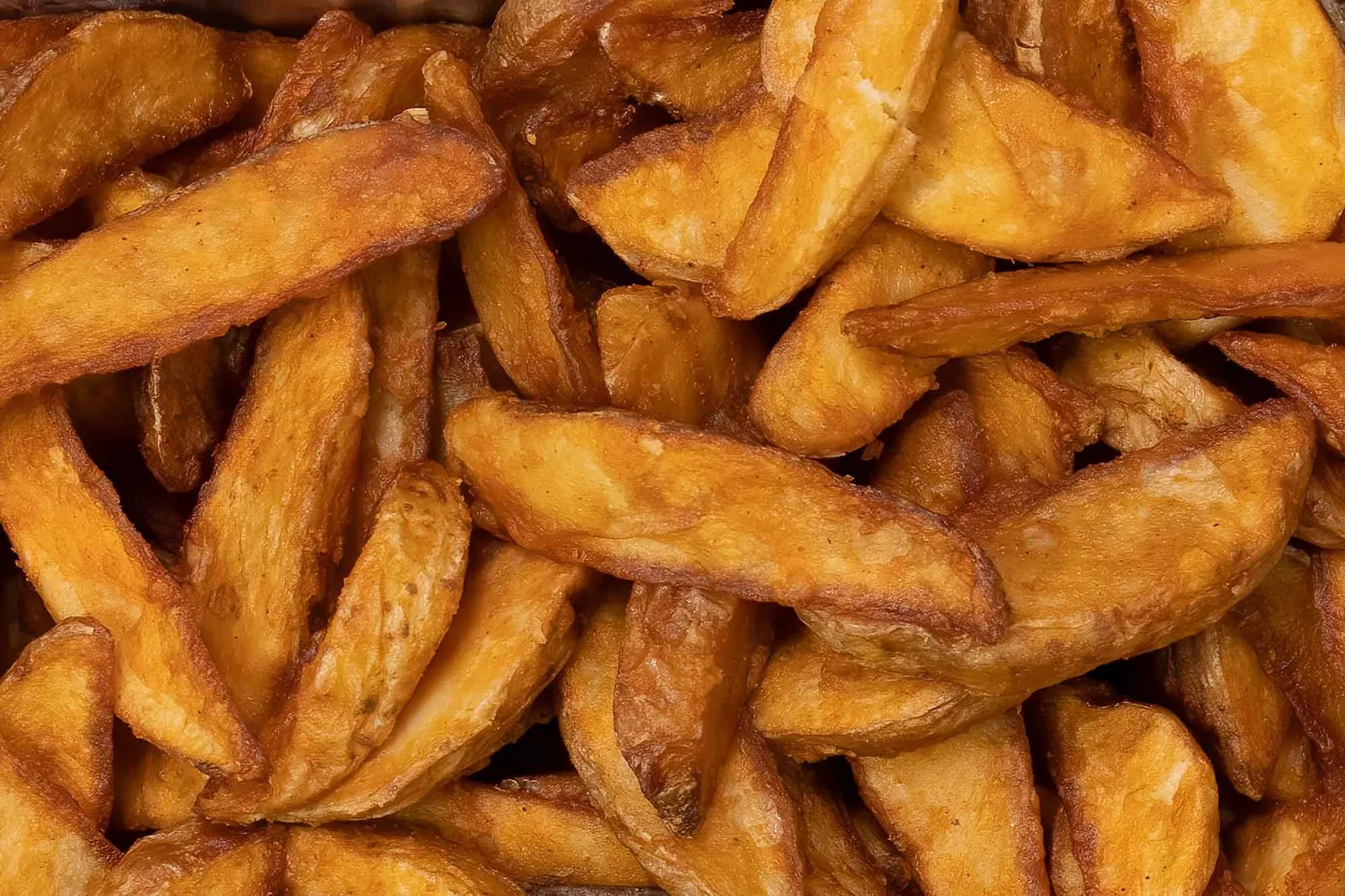
Pennsylvania-based Wawa expanded its catering operations through its partnership with ezCater in May, featuring items already offered in its 1,000 stores. All orders are for pickup. Steve Hackett, director of digital experience for the Pennsylvania retailer, said in an announcement that the catering is a way for Wawa to reach more business consumers and the general business community.
Wawa's catering features breakfast sandwiches, donuts and coffee, as well as "hot trays" with items including meatball hoagies, mac and cheese, and more.
Breez-In offers either baked or fried chicken, along with sides like mac and cheese, collard greens and spaghetti. Desserts are apple or peach cobbler. The retailer is also planning to experiment with new items such as steamed shrimp, whole chickens and lima beans. Customers can order 25 to 500 pieces of chicken and Breez-In will suggest how many sides go with that.
"The food and offering will be remembered by how it is served at the event, so be sure to plan that journey from your kitchen to the event table."

Ed Burcher
Partner, The Business Accelerator Team
It's important to offer vegetarian, vegan and gluten-free items, said ezCater's O'Hanlon. When it comes to what types of foods to include, he said, "we see sandwiches, bowls, and breakfast items resonating with business food orders the most. Italian and Mexican are the most popular cuisines.”
Whatever a retailer decides to offer, it has to hold up perfectly in moving from the kitchen to the customer’s event, said Ed Burcher, partner for c-store consultancy The Business Accelerator Team.
"One of the primary places the offer fails is in the presentation to the guest,” he said. “The food and offering will be remembered by how it is served at the event, so be sure to plan that journey from your kitchen to the event table."
Getting the word out
Breez-In has started to emphasize its catering program in the past five years. To launch the program, it put ads inside stores and by intersections where stores are located, along with creating a radio commercial. These days, there are also digital menus and advertisements that play between songs on the in-store radio station. Breez-In plans to put a bigger emphasis on social media in coming months, too.
The company makes it easy to order food on its website, where consumers can also check pricing based on their party size. "They're guided through the process," said Breez-In’s COO David M. Bogese.
The company receives around 30 catering orders a month, with peak times coming during summer months, graduation and holidays like Memorial Day, Bogese said.
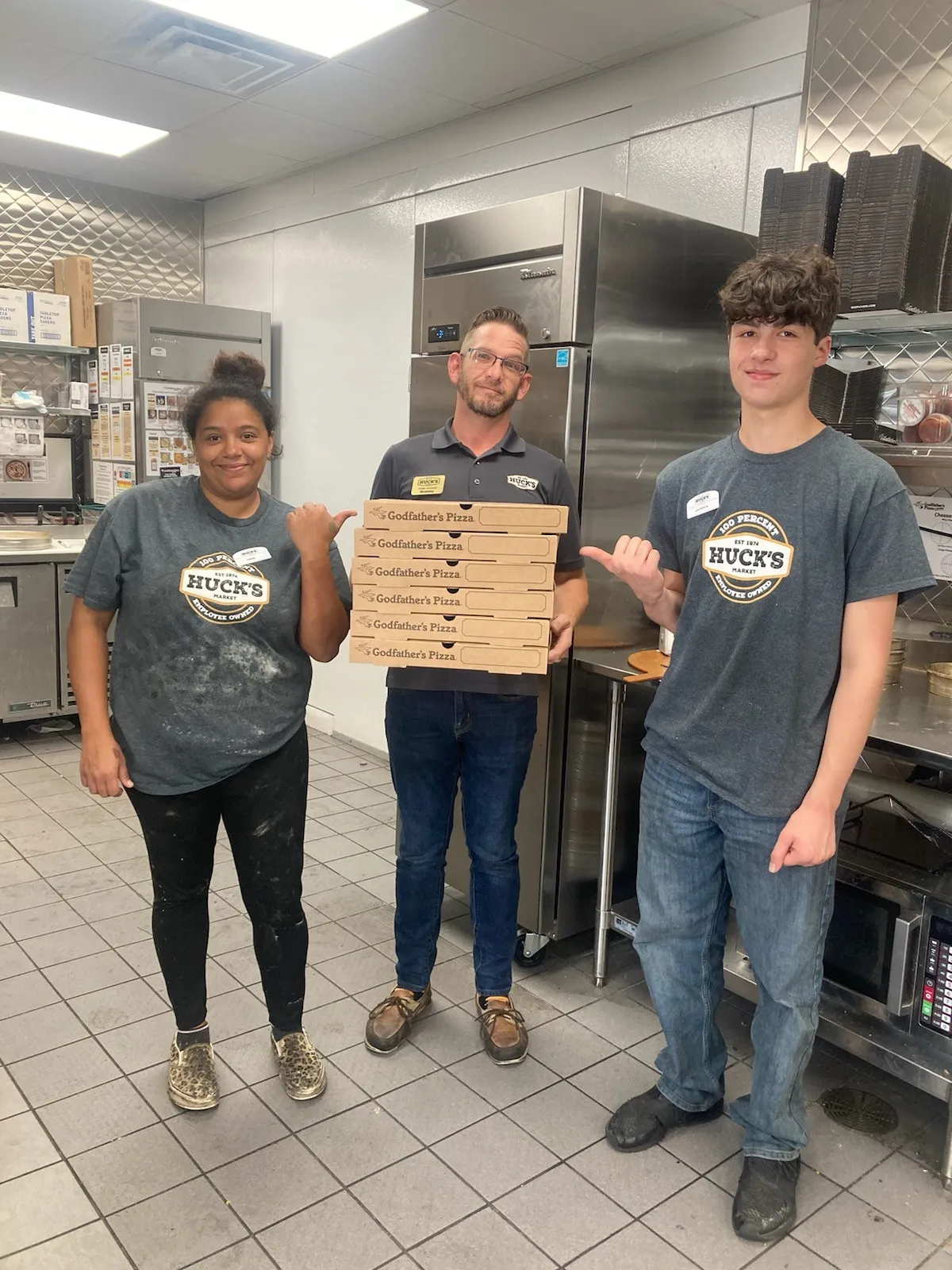
When Huck’s launched its program, it got the word out through Facebook along with "good old fashioned advertising at the store level," Grimes said. The company printed catering menus and handed them out to customers who might be interested, such as school teachers, athletic directors, construction crews and owners of small local businesses.
Stores also display menus in high-traffic areas, such as by the fountain drinks, the foodservice counter or checkouts.
Huck's now uses a QR code on menus so they don't need to be reprinted every time there's a pricing change. "Everyone gets the same menu, and you scan it for your specific location and see what it offers," explained Grimes.
Savvy c-store retailers, said Tristano, "should market programs at both the pump and through in-store marketing signage. In addition, programs can be video-displayed at the pump and marketed through loyalty program apps, texts and emails. The most effective way is to do a local marketing push and get staff out to the local businesses to let them know what is available and the benefits of using that retailer."
Grimes would do a few things differently if he were to launch his catering business nowadays. "We'd hit up every athletic director, every chamber of commerce and every business,” he said. “We'd email them and mail them and send them coupons. I would hit the ground running a little quicker."
If a retailer wants to give a catering program its best shot to succeed, its leaders have to focus on the store level, he said. "You have to have your eyes open to catering every day. We can do it in every neighborhood; you just need to have the right mindset among your staff."


